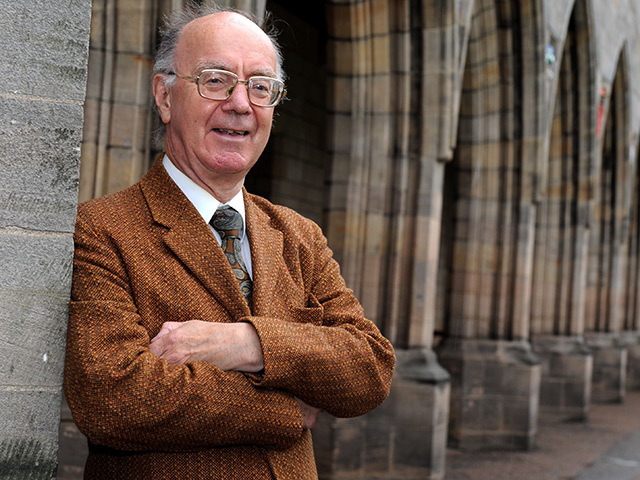
A leading oil economist claims that even if Brent crude reached the milestone of $60 a barrel it is not going to “transform” the struggling North Sea industry.
Professor Alex Kemp issued the warning as countries around the world attempt to reduce existing oil and gas stockpiles to increase demand and push prices back up to profitable levels.
Russia and the Oman joined the Organization of the Petroleum Exporting Countries (OPEC) earlier this year in six month agreement to cut production in the aftermath of the two year downturn.
Recent estimates by the International Energy Agency (IEA) say the cartel has delivered more than 90 percent of pledged oil output curbs so far.
But Prof Kemp, a petroleum economics expert, said squeezing the last drop out of the North Sea may not be possible even if the move boosts market prices from $55 to $60 a barrel.
Prof Kemp said: “What we are finding is that at $50 [a barrel], new investment activity is really stifled. If $50 prices were used for screening purposes not many projects would go ahead.
“At $60 quite a few projects will go ahead and in due course there would quite a big difference in the aggregate production and investment.
“However even $60 prices are not going to transform the North Sea.
“There will still be quite a lot of fields which remain uneconomic. There will still be a very large potential for these not actually being developed.
“In the longer term further cost reductions and/or price increases are really needed to enhance activity further.”
There is estimated to be between 10 and 20billion barrels or oil equivalent (boe) left in the North Sea.
More than 3billion boe is thought to be stranded in commercially unfeasible small pools that are too costly to consider investing in due to the harsh market environment.
Prof Kemp, from the University of Aberdeen, said that the future recovery of reserves in the area hinges on a number of factors, some of which are completely outwith the control of UK plc.
It comes amid speculation that the countries who agreed to the cuts to help address the glut may not hold their word to the end of the agreement.
Prof Kemp said it was also worth keeping in mind that the OPEC figures are not 100 per cent accurate.
And he said another key area to watch in coming months will be America’s shale oil market.
After months of spiraling shale prices, many traders are waiting for the market to bottom out and bounce back up.
Prof Kemp said: “We are now in a price of $50 to $60 [a barrel]. There’s some evidence that at these prices shale oil projects which have been put on hold will start to be viable again.
“That’s the other unknown, if there will be a positive supply response.
“There’s plenty of information indicating that rig in shale areas in the states has increased so it would follow from that there will be some effect on production on that later this year.”
Recommended for you
